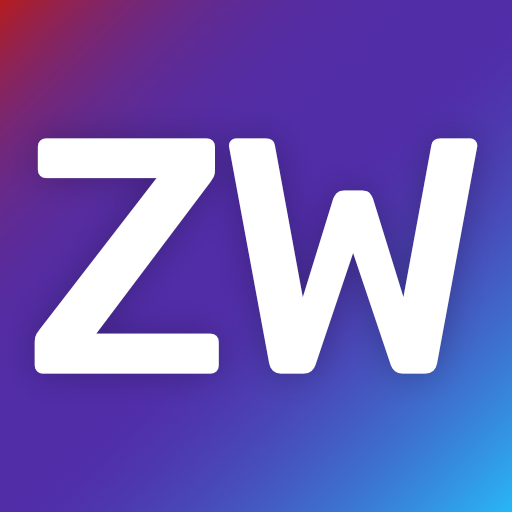

The format wars are getting too literal


The format wars are getting too literal


I spent way too long trying to install Bazzite and base Fedora. The install process is pretty much broken if you don’t want to just wipe your drive and give the whole thing to Fedora.
The automatic partitioning would refuse to see free space as available space, one manual partitioning option would create the wrong kind of btrfs volume, the other manual one did work but had no guidance on which partitions Fedora wanted, and the actual install would fail deployment because the EFI partition wasn’t empty.
Say what you will about Debian distros, but at least you can install them.


Why is the Settings icon looking directly at me


They’re turning Linux into corn


The commands are object-based instead of text based. The philosophy is built around chaining commands to filter data. I’m pretty sure the nushell command would be ls ./ | where type == file
find in nushell looks like it’s more for filtering the output of previous commands, not as a file search.


What device and Android variant is this? Most skins don’t list the processor model at all.


After Android 4.4


Holding the use of a less restrictive license against the project because some unrelated party could come along and fork it without contributing back seems like a strange position to me.
I’m also not really sure what that criticism of MIT is trying to say. Third party contributors don’t get paid for their work? GPL projects also don’t have to pay people submitting changes.


I’m not sure about exporting directly to markdown, but if you can export to HTML, what about using an HTML to markdown converter on that?


Is this actually new for the “a” series?


I would argue the S24U’s flat screen was a massive upgrade. Curved screens are such a headache


I’d argue exposing and implementing all the APIs PS4 games expect to exist and in the way they expect them to behave is just as much emulation as translating CPU instructions.


My impression of emulation’s definition is that its purpose is to mimic the real thing as closely as possible vs something like simulation where it’s more to get an impression of the target system or mimic specific portions. I don’t think the architecture has to be different for something to be emulation.


I care a moderate amount about audio quality, but my bigger gripes with Bluetooth generally involve the latency and inconvenience of switching devices (even with multipoint).


deleted by creator


What a strange thing to do
The only FE that had a headphone jack was the Note FE, and that was in 2017. Every other FE phone has just been a cheaper S series option.
The Note FE was also just a rebranded Note7 with a smaller battery.


Projectivy is great. Some bugs here and there, but overall I love the much simpler UI and that I can actually keep my “continue watching” row at the top.
React and RN are still huge. The first sentence of the article also says that RN is being moved too.